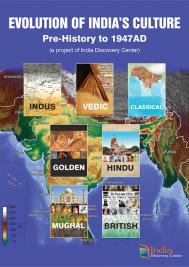Contribute
| India Mughal- Maratha Period (1500CE-1800CE) – Geography And People |
Hemendra Acharya
07/21/2022
India Mughal- Maratha Period (1500CE-1800CE) – Geography and People Hemendra Acharya Figure 1 - Delhi Sultanate of Ibrahim Lodi in 1526CE The Turk Babur, born in Uzbekistan, with brigades of army and limited artillery invaded Ibrahim-Lodi in India. In spite of a huge army of men and elephants Lodi was overwhelmed with the artillery. Babur succeeded in absorbing Delhi Sultanate at Panipat in 1526CE. Rana-Sanga of Mewar unified Rajput’s and fought against Babur, but Babur could prevail. He established the Mughal Empire from Multan in northwest to Banaras in the East. (Figure 2). Figure 2 - Invasion by Babur and Humayun - Babur 1525-1530CE and Humayun 1530-1556CE Persian Sher-Shah-Suri’s defeated Humayun, Babur’s son, and ruled India 1540-1545CE. Akbar, son of Humayun, inherited the empire at the age of 13. He invaded many kingdoms, annexed them through force and diplomacy. Akbar conquered Kabul and Kandahar to control the entrance of India from Central Asia. He incorporated the entire eastern Gangetic delta into the Mughal Empire and Dhaka became the Capital of the new province. Figure 3 - Expansion by Akbar to Aurangzeb - Akbar 1605CE to Aurangzeb 1707CE Akbar’s grandson Aurangzeb consolidated the empire in the north and organized the Muslim kingdoms in the south. Mughals established their control from Kabul and Kashmir in the north to Chittagong and Gauhati in the east to Goa on the west coast and to Tanjore in the south (Figure 3), but within 17 years of his death, his empire was completely fragmented. Shivaji, a Maratha warrior from western Deccan, carved out his own independent kingdom that became the genesis of the Maratha Empire. The Shivaji fought the Mughals using guerilla warfare. The Maratha Empire (1674-1818) ruled a large part of north and central India and granted full religious freedom to people (Figure 4). Maratha Empire kept the British forces at bay during the eighteenth century. Figure 4 – The Maratha Empire 1674-1818CE Figure 5 - Agriculture expands to the North West and North East regions. Agricultural expansion was the hallmark of the Mughals, no serious famines are reported. Many People were engaged in the cotton, silk, and wool (Shawl, blankets and carpet) weaving, dyeing, and printing and the manufacturing Ornamental disks, draught-boards, writing cases, inlaid with ivory and ebony. Massive construction projects were undertaken to help build cities and to employ people, Figure 6. Figure 7. Red Fort in Delhi. Women were brought out to the workforce and were heavily engaged in agriculture. Figure 7 gives a mosaic of women in various regions engaged in cultivation. Figure 7 - Women in Cultivation Schools were attached to temples, monasteries and mosques, and were maintained through the grants and endowments. Teachers were highly respected by the general public. “Khichari†was popular dish of the common people. Rice become the staple food in the east and south. People in the north relished “Chapati†of wheat, jowar or bajra. Muslim women followed strict veiling and Hindu women adopted “purdah†as a protective measure. Monogamy was common among the lower stratum of the society. People’s occupations gradually became their castes and new social classes like, Mansabdars, Amirs, Nawabs, and others emerged. Figure 8 – Foreign Settlement in India by 17th Century Many European trading settlements in India were established on both the coasts, by 17th century. (Figure 8) on the auspices of East India Company with French, English, Portuguese, Danish and Dutch flavors. Mutual battles continued for territory. The English destroyed the Portuguese fleet off Bombay Coast and settled in Surat, Bombay, Madras and Bengal. Robert Clive defeated the Nawab of Bengal in 1757 to take control of the eastern India. Gradually the British East India Company succeeded in eliminating others to take sole control of the country by 1800CE. References: 1. R. C. Majumdar - An Advanced History of India. London, 1960. ISBN 0-333-90298-X 2. D. D. Kosambi - The Basis of Indian history 3. Irfan Habib - The Agrarian system 1556-1707 4. Ramakrishna Mukherjee East India Company 5. H. G. Rawlinson - The Rise of the Maratha Empire 6. Internet - generally available material Figures: Figure 1 Delhi Sultanate of Ibrahim Lodi in 1526CE Figure 2 - Invasion by Babur and Humayun - Babur 1525-1530CE and Humayun 1530-1556CE Figure 3 - Expansion by Akbar to Aurangzeb - Akbar 1605CE to Aurangzeb 1707CE Figure 4 – The Maratha Empire 1674-1818CE Figure 5 - Agriculture expands to the North West and North East regions. Figure 6 – Red Fort in Delhi Figure 7 - Women in Cultivation Figure 8 – Foreign Settlement in India by 17th Century =============================================================================== Dr. Hemendra Acharya is a co-leader in Geography and People track in the project on "Evolution of Indian Culture: Pre-history to 1947AD" More information and updates on the project are available at https://www.facebook.com/Evolution-of-Indian-Culture-An-IDC-Project-107749391111922 More information on India Discovery Center is available at https://www.indiadiscoverycenter.org 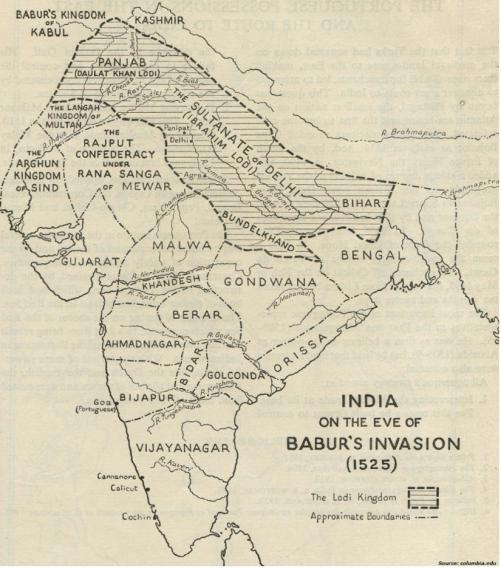
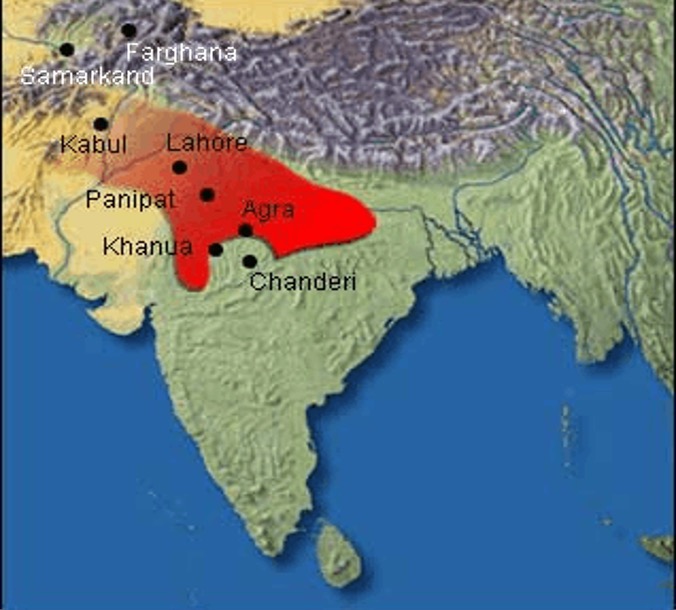
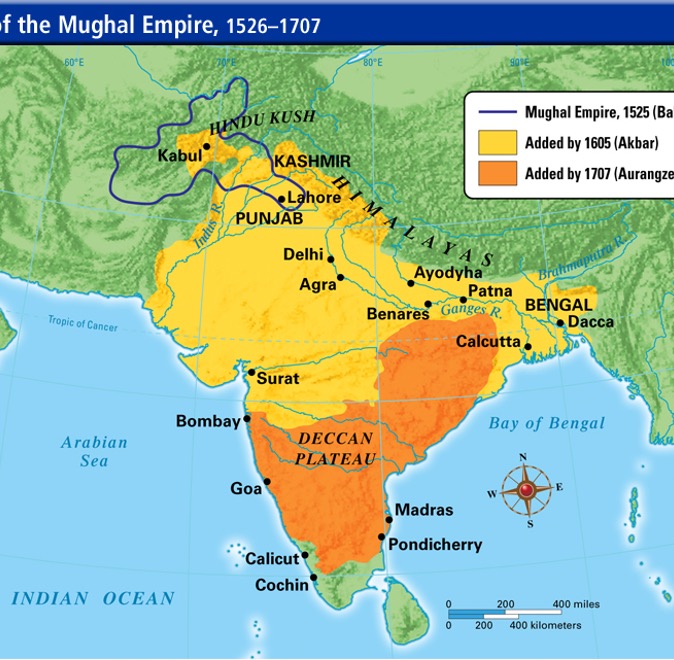
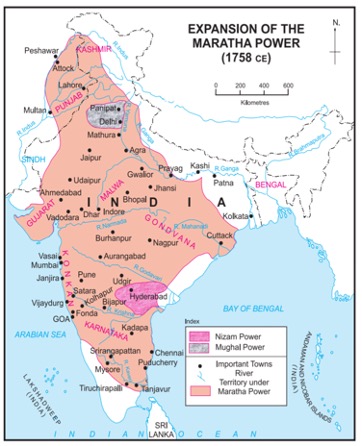
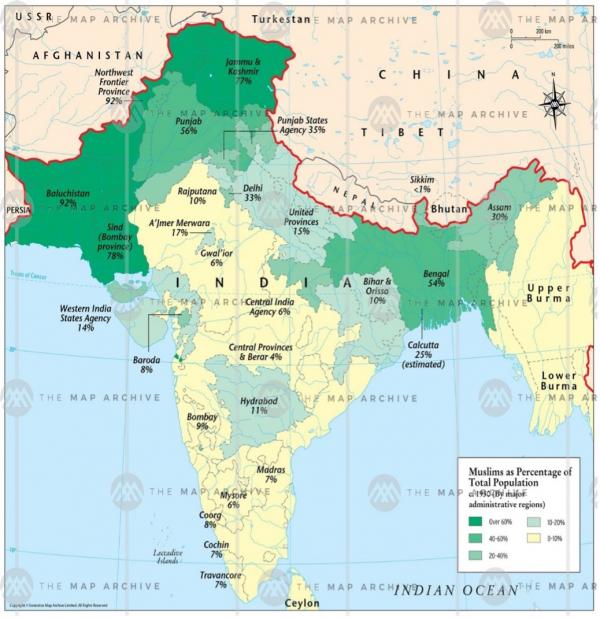
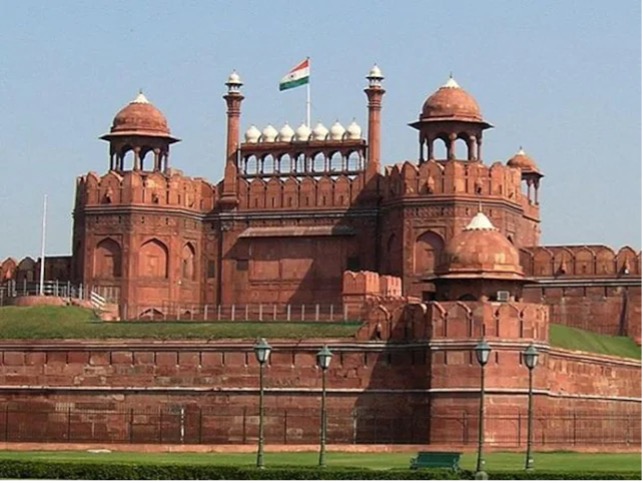
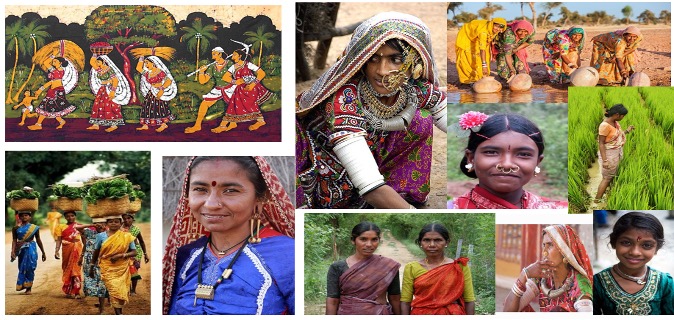
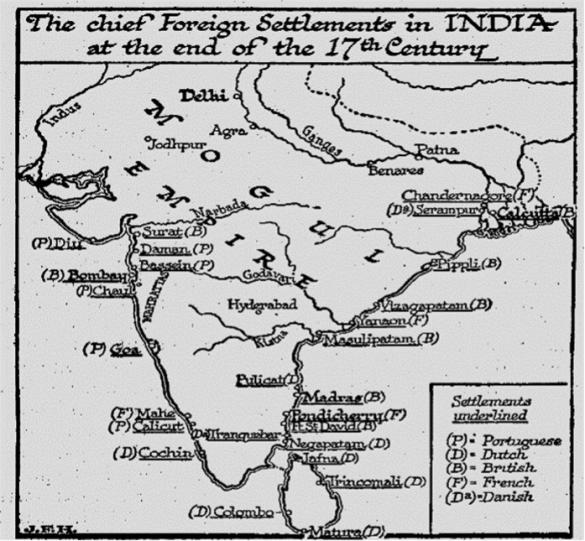
You may also access this article through our web-site http://www.lokvani.com/
